10 Restaurant Habits That Make It Obvious You’re Lower-Middle-Class

Ever notice how certain behaviors at restaurants seem to give away someone’s background? Whether we realize it or not, the way we act while dining out sends subtle signals about our experience with different types of establishments. From how we handle the bill to what we order, these small choices reveal more than we might think. Understanding these habits isn’t about judgment—it’s about recognizing patterns that many people share and learning how dining culture works across different social settings.
1. Overly Focusing on Prices Instead of the Menu
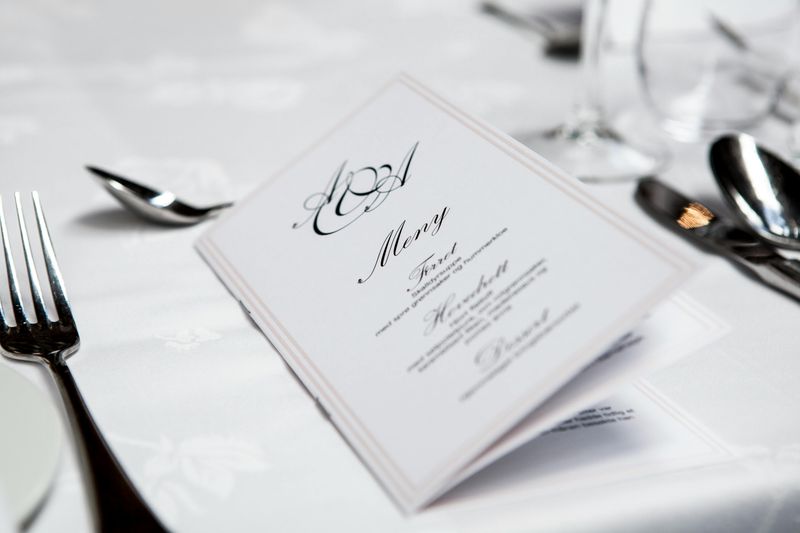
Price-watching becomes obvious when someone scans straight to the right side of a menu before reading dish names. Constantly asking about cheaper alternatives or visibly wincing at numbers makes everyone at the table uncomfortable. Budget consciousness is normal, but making it the centerpiece of your ordering process changes the whole dining experience.
Substituting ingredients specifically to lower the bill rather than for taste preferences sends clear signals too. Servers notice when guests ask detailed questions about pricing for every modification. Most diners balance cost with desire, choosing something they’ll genuinely enjoy.
Relaxing about prices doesn’t mean overspending recklessly. It means trusting yourself to pick something appealing within reason. Confidence in ordering shows familiarity with restaurant culture and comfort with occasional splurging.
2. Leaving a Small or Exact-Change Tip

Counting pennies to leave precisely 12% or rounding down to avoid breaking another bill reveals unfamiliarity with tipping norms. Standard expectations hover around 18-20% for decent service, and calculating to the exact cent looks stingy. Servers remember customers who consistently tip poorly, and it affects how you’re treated on return visits.
Sometimes people genuinely don’t know current tipping standards have shifted upward over the years. What seemed generous decades ago now falls short. Others calculate based on pre-tax totals or round down habitually without realizing the message it sends.
Generous tipping demonstrates understanding of service industry realities and social expectations. Even on tight budgets, rounding up shows respect. If affording proper tips feels impossible, choosing less expensive restaurants makes more sense than undertipping at nicer places.
3. Taking Leftovers in Every Situation
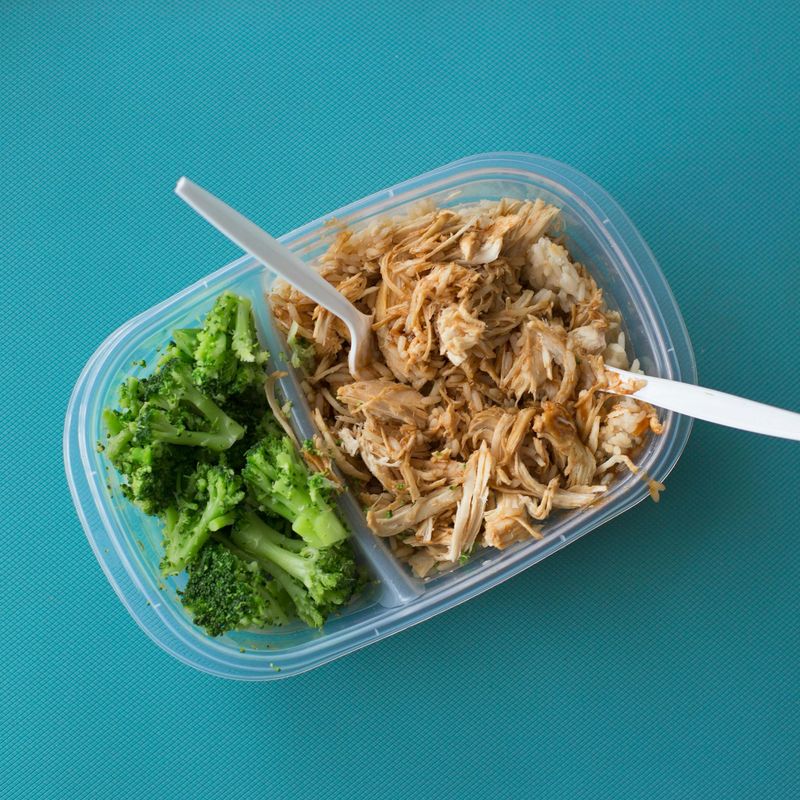
Requesting boxes for every scrap, including half-eaten appetizers or three bites of dessert, signals extreme frugality. Nothing’s wrong with avoiding waste, but boxing minimal portions at formal dinners feels out of place. Asking servers to pack leftover bread or complimentary items crosses into penny-pinching territory.
Context matters enormously here. Casual family restaurants expect doggy bags. Fine dining establishments find frequent boxing requests unusual, especially for small amounts. Business dinners and romantic dates become awkward when someone insists on taking home everyone’s scraps.
Gauge the situation before automatically requesting containers. Sometimes leaving food behind is part of the dining experience’s cost. Selective leftover-taking for substantial portions shows practicality without seeming desperate to extract every cent’s worth from the meal.
4. Splitting the Bill to the Cent
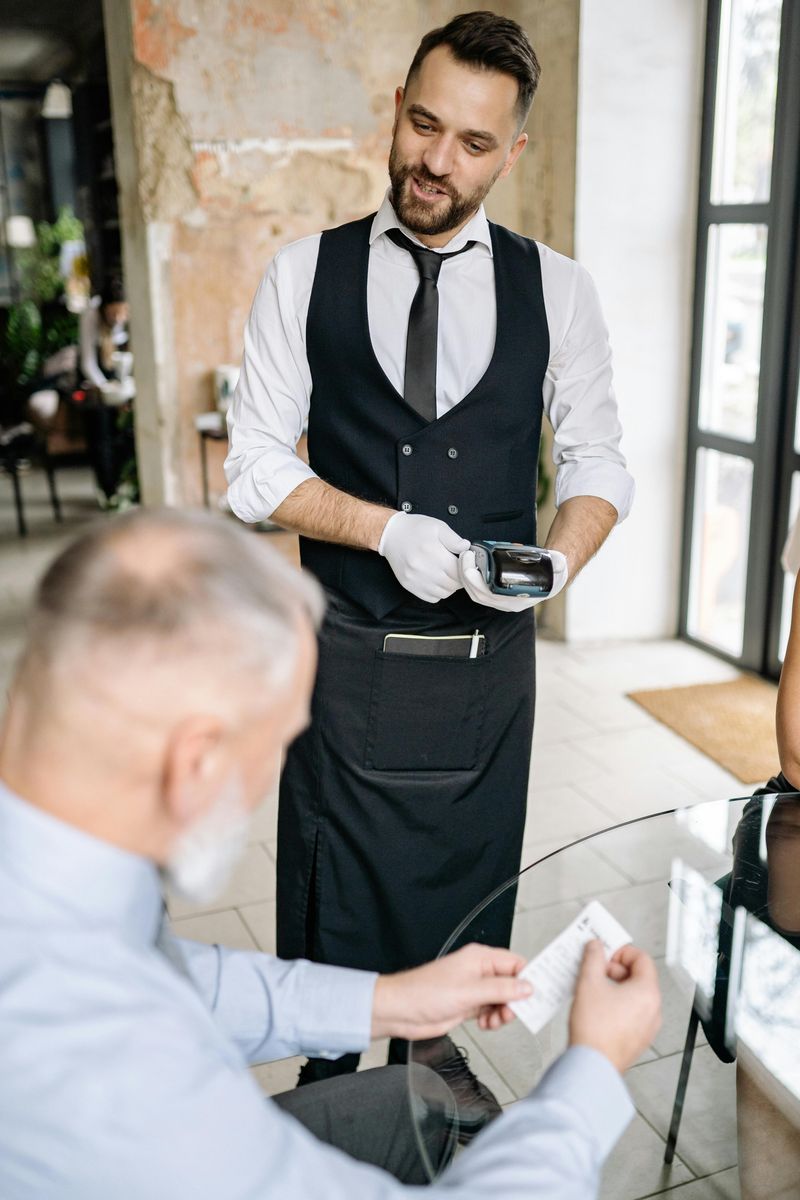
Whipping out calculators to divide every appetizer and drink precisely creates uncomfortable moments. Arguing over who had extra fries or debating beverage costs makes everyone wish they’d eaten separately. This hyper-precise accounting suggests discomfort with casual spending and lack of dining-out flexibility.
Many groups simply split evenly or take turns covering bills, trusting things balance over time. Close tracking of every dollar indicates either tight budgets or anxiety about being taken advantage of. Both reasons are understandable but noticeable.
Easier approaches include splitting evenly when totals are similar, or simply covering your own meal when differences are significant. Apps make splitting simpler, but obsessing over exact amounts still looks uncomfortable. Relaxed bill-handling reflects confidence and generosity that wealthier diners typically display.
5. Dressing Too Casually for the Venue

Showing up in gym clothes, hoodies, or flip-flops at upscale restaurants immediately marks you as unfamiliar with dress codes. Most establishments don’t enforce formal rules anymore, but unspoken expectations remain. Underdressing suggests either ignorance of these norms or indifference to them.
Regular fine-dining patrons instinctively dress appropriately, even when rules aren’t posted. They understand matching attire to venue shows respect for the establishment and other guests. Casual wear belongs at casual places; nicer restaurants deserve better effort.
Checking a restaurant’s vibe beforehand prevents awkward mismatches. Looking at their website or social media shows typical guest attire. When uncertain, slightly overdressing beats underdressing. Comfortable elegance demonstrates social awareness and experience with various dining environments.
6. Overly Engaging or Overly Demanding Toward Staff
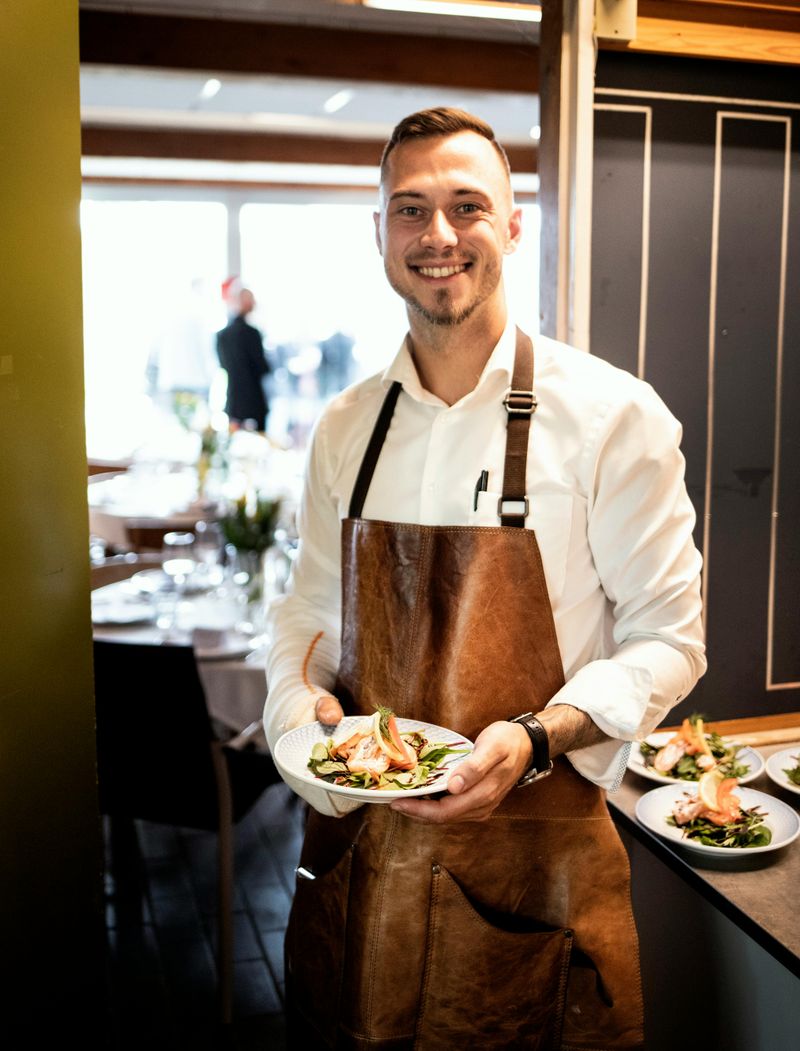
Calling servers “sweetheart” or “buddy” crosses professional boundaries that experienced diners respect. Being overly familiar suggests unfamiliarity with service dynamics. Conversely, snapping fingers or harshly correcting minor mistakes reveals insecurity masked as authority.
Both extremes—excessive friendliness and harsh demands—indicate discomfort with the server-diner relationship. Confident patrons treat staff professionally and courteously, understanding they’re skilled professionals doing demanding work. They communicate needs clearly without condescension or false intimacy.
Finding the right balance means being polite, clear, and respectful. Address servers normally, make requests rather than demands, and acknowledge their efforts. Mistakes happen; gracious handling shows class. How you treat service workers reveals more about your background than almost any other restaurant behavior.
7. Loud Conversations About Money or Discounts

Announcing how expensive everything is or comparing prices to cheaper chains broadcasts financial anxiety. Comments like “This costs half at Olive Garden!” make companions uncomfortable and signal unfamiliarity with upscale dining. Bragging about discounts or coupons used also draws unwanted attention.
Wealthier diners rarely discuss prices publicly because they’ve accepted the cost before arriving. They chose the restaurant knowing the expense level. Constant money talk suggests the venue exceeds your comfort zone or that dining out isn’t routine.
Keep financial observations private or save them for later. If prices genuinely concern you, choose different restaurants. Once seated, focus on enjoying the experience rather than auditing its value. Relaxed attitudes toward costs demonstrate comfort with occasional luxury spending.
8. Not Knowing Dining Etiquette
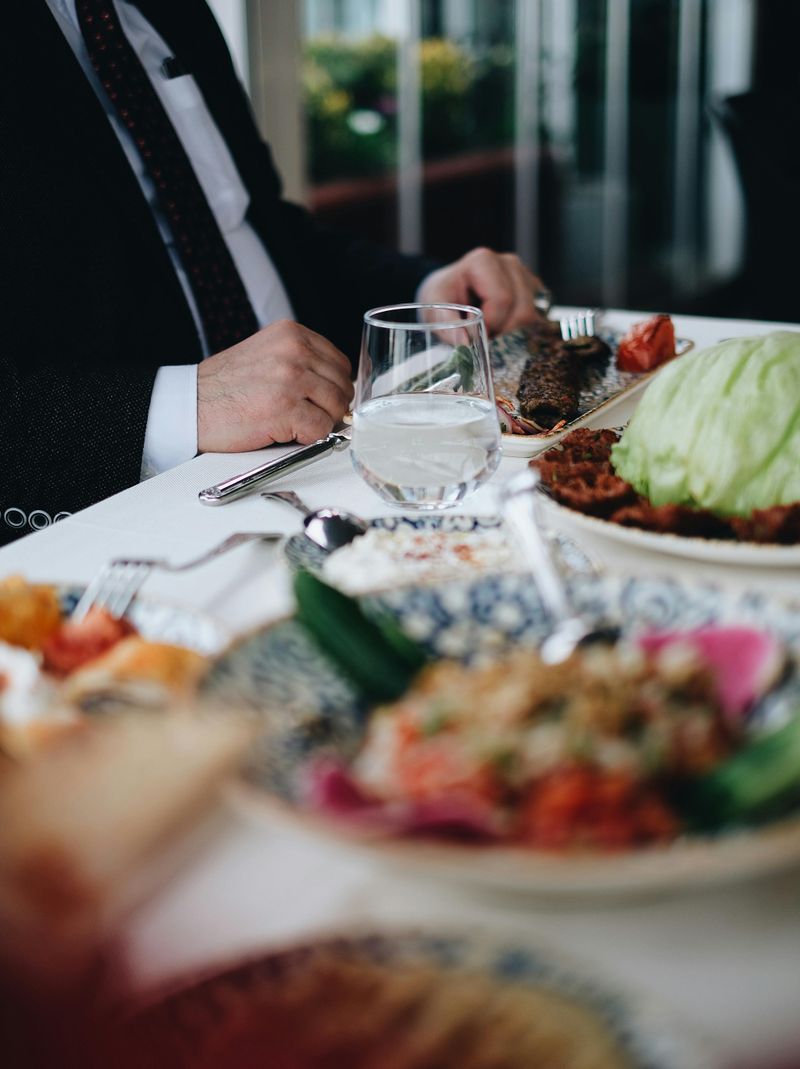
Holding utensils like shovels, stacking finished plates for servers, or using the wrong glass reveals limited formal dining experience. These small etiquette mistakes immediately signal unfamiliarity with upscale restaurant norms. Nobody expects perfection, but basic table manners matter at nicer establishments.
Wealthier families typically teach dining etiquette early since they frequent nice restaurants regularly. They know which fork to use, how to signal they’ve finished eating, and proper napkin placement. These skills become automatic through repeated exposure.
Learning basic etiquette isn’t complicated and prevents awkwardness. Simple research or observation teaches most rules quickly. Starting utensils from outside working inward, not stacking dishes, and following your host’s lead covers most situations. Confident table manners demonstrate social polish regardless of background.
9. Ordering Familiar, Safe Foods at Fancy Places
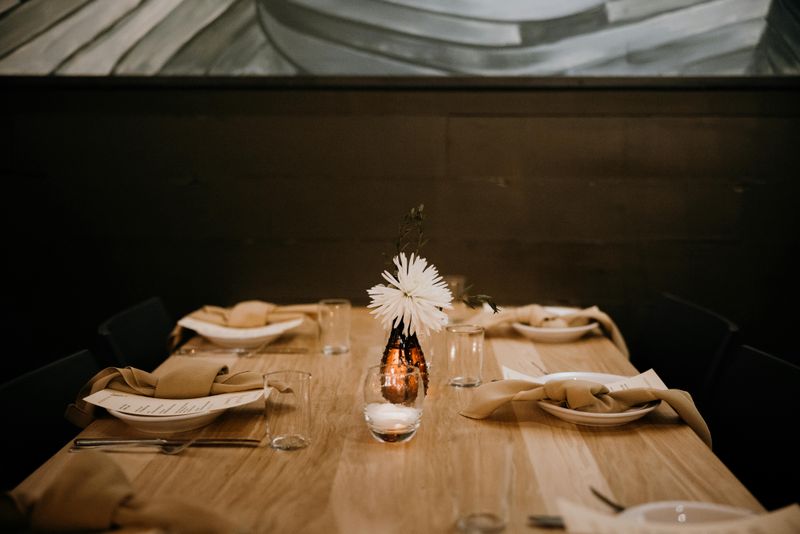
Choosing chicken tenders, plain burgers, or basic pasta at high-end restaurants wastes the opportunity to experience chef specialties. Safe ordering indicates limited exposure to diverse cuisines or discomfort with unfamiliar foods. Adventurous eating demonstrates cultural experience and willingness to try new things.
Regular upscale diners typically order signature dishes or seasonal specials, trusting the chef’s expertise. They view dining out as culinary exploration, not just eating. Sticking with kid-menu items at adult prices signals either picky eating or inexperience with fine dining.
Branching out doesn’t require loving everything, but trying new dishes shows openness. Asking servers for recommendations demonstrates engagement with the dining experience. Even ordering one unfamiliar item alongside something comfortable expands your palate and looks more sophisticated than always playing it safe.
10. Treating Dining Out as a Big Deal
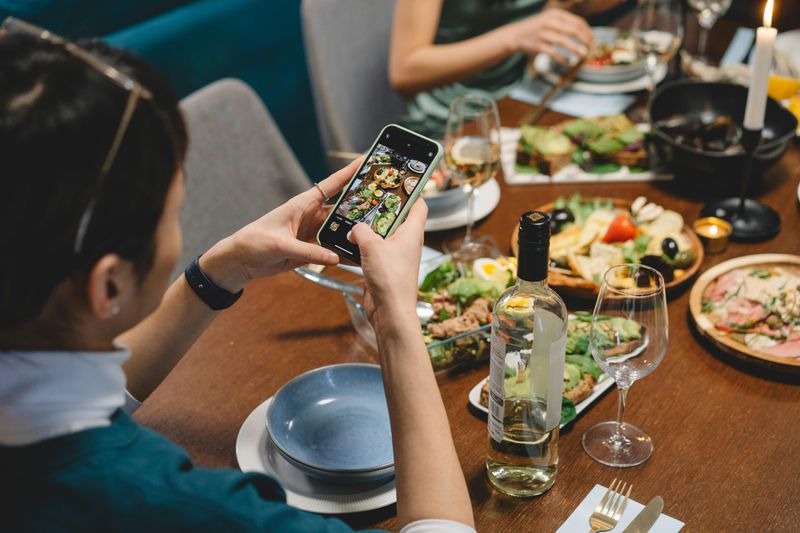
Photographing every dish, announcing the meal’s cost, or making a dramatic show of “fine dining” reveals that such experiences are rare treats. For regular upscale diners, nice restaurants are normal, not Instagram events. Excessive excitement or performative behavior marks dining out as unusual rather than routine.
Snapping one quick photo is common now, but documenting every course disrupts the meal’s flow. Loudly discussing how fancy everything is draws attention and seems unsophisticated. Casual confidence about nice meals suggests they’re familiar territory.
Enjoy special occasions without broadcasting their specialness. Appreciate good food and service naturally rather than performing amazement. Taking dining experiences in stride, even when they’re treats, projects sophistication and suggests upscale restaurants aren’t foreign territory for you.

Comments
Loading…